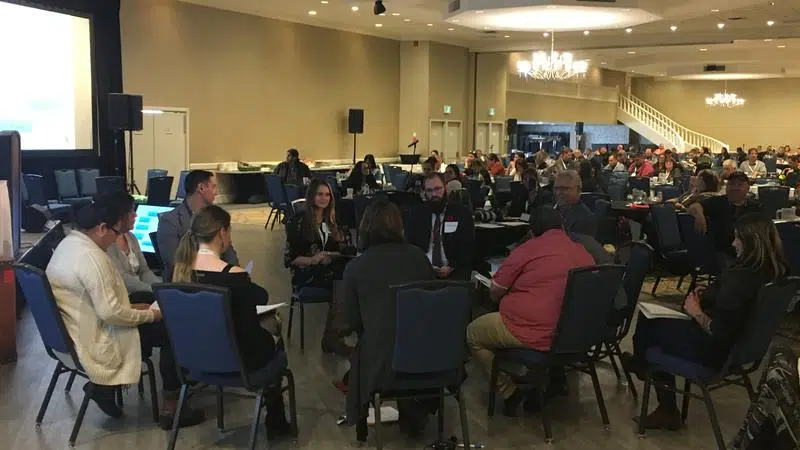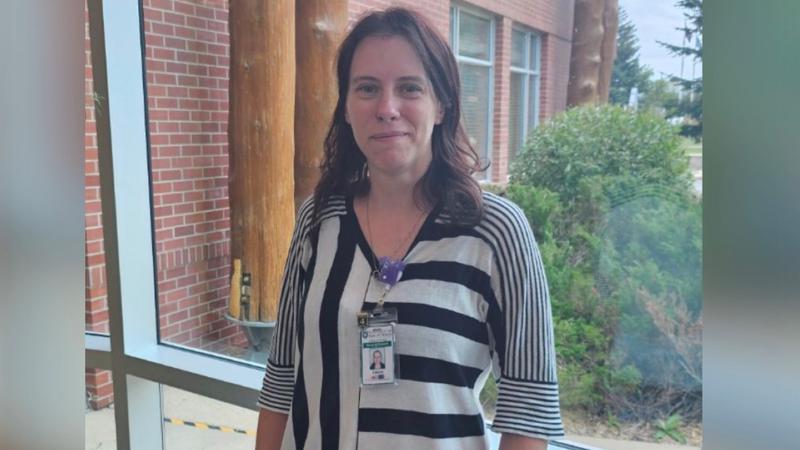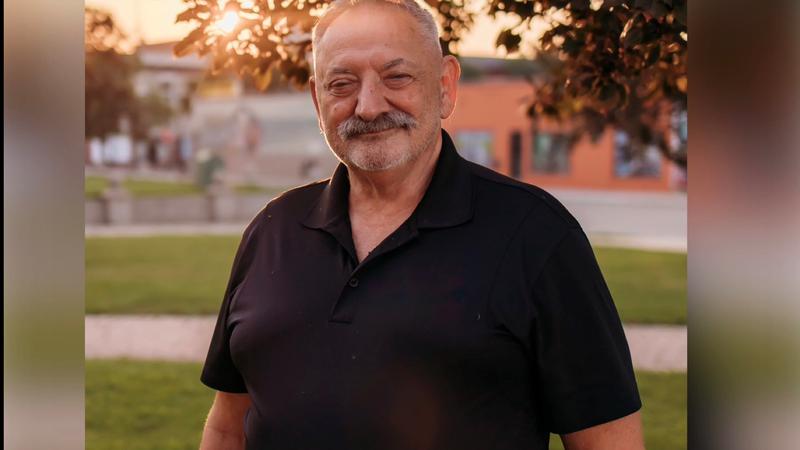
Symposium learns about different methods of justice
Restorative Justice was on the agenda at the Prince Albert Grand Council’s (PAGC) First Nation Policing and Indigenous Justice Symposium Wednesday in Saskatoon.
Delegates at the convention got the opportunity to see a demonstration of a healing circle. The circle brings together the offender, the victim along with a number of supports which can include social workers, police and elders working under the direction of a facilitator.
Gayle Desmeules, put together the demonstration and acted as the facilitator. Desmeules explained the healing circle has a history in Indigenous communities.
“Traditionally native people have always resolved challenges or conflicts in this way, when there’s been wrongdoing, harm done, harm caused, they would sit in a circle and have an open discussion,” she said.


